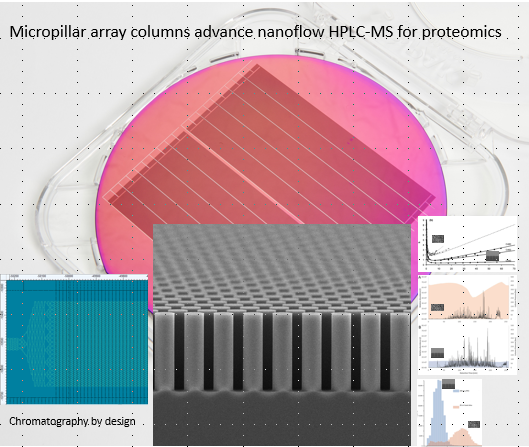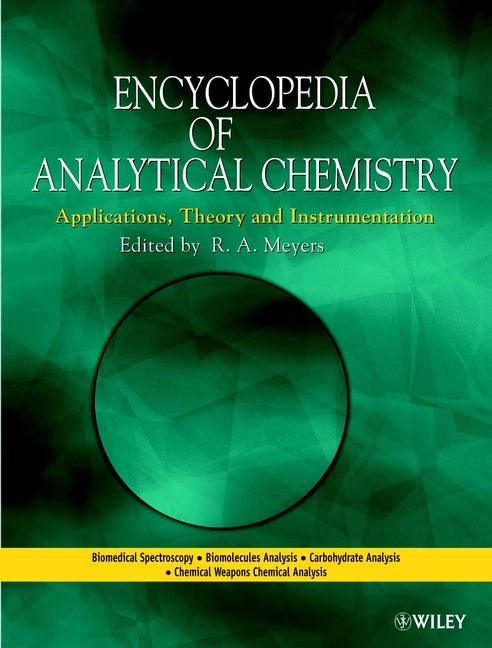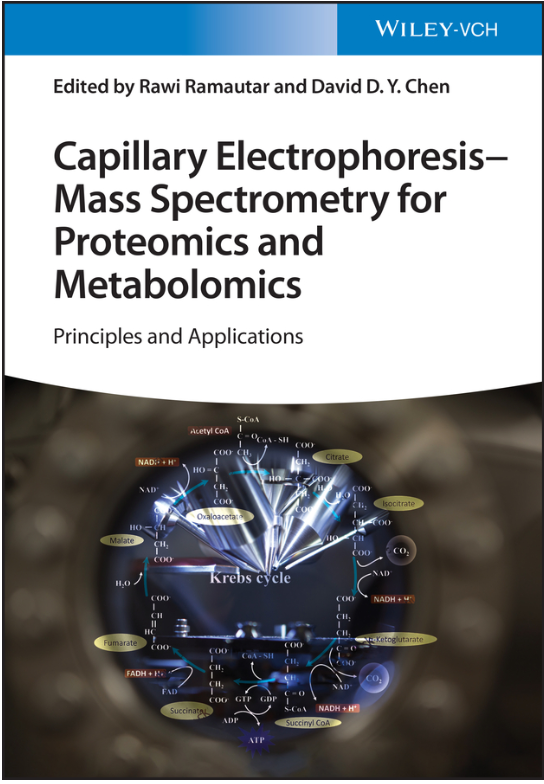My Blog Pages

You are invited to follow the latest news about my participation in conferences, symposia, events and my publications in the field of liquid phase separation science in this blog. If you have a comment or suggestion for me about a post, please feel free to use the comment function at the bottom of each post. For your convenience, I have started adding a "home" icon to each post. Just click on the icon to return to the home page.
Unfortunately, I had to turn off the mail function of this site because it was being abused. But most of you will know how to contact me anyway.
Gerard
MSB2025
This year, MSB2025 is organized by Profs. Alexandra Ros and Mark A. Hayes of Arizona State University and Christopher Harrison of San Diego State University, May 18-21. The symposium is hosted at Arizona State University. Information about the symposium, can be found on the website.
I support the organization by taking care of the symposium newsletters. Copies of the newsletters are referenced here for your review.
| 1st Announcement MSB2025 |
| 2nd Announcement MSB2025 |
| 3rd Announcement MSB2025 |
- Details
- Hits: 1438
From 2017 to 2020, I was a co-organizer of the CE Forum. The aim was to bring together people involved in capillary electrophoretic separations in the DACH region to present and discuss their ongoing research and, in particular, the problems and questions they face. The CE Forum provides a platform for graduate students and postdocs to advance their scientific careers. It has been an annual meeting since 2009.
The Corona epidemic interrupted the series 2021-2023. On the initiative of a group of former doctoral students of Prof. Christian Neusüß, Aalen University of Applied Sciences, the CE Forum was re-established. It occurred on February 28 and 29 at the Aalen University of Applied Sciences. Prof. Neusüß arranged for the university to host the event and to provide the necessary accommodation and services. Details about the organizers and the program can be found on the CE-Forum website.
- Details
- Hits: 8443
Given my involvement with the upcoming 51st International Symposium on High-Performance Liquid Phase Separations and Related Techniques in this blog, I have collected relevant documentation that has been prepared under my responsibility. Download copies of official public HPLC2023 documents here.
- Details
- Hits: 2862
Capillary Electrophoresis coupled with mass spectrometric detection is among the most powerful analytical tools in life science research. Incepted through basic research, described on these web pages, the technique was successfully introduced on the market by Hewlett-Packard (now Agilent Technologies) in the nineties. Their triple-tube sprayer has proven to be and still is the most robust, reliable, and easy-to-use interface, meeting user requirements in terms of separation resolution and sensitivity of detection. These benefits were obtained by using a sheath solvent which lifted the flow rate of the eluent, background electrolyte with the separate sample components, to a µL/min level.
The dilution of the separated sample bands through the mixing of the eluent with the sheath solvent by a factor of 10-50 is on the downside of this approach. So-called "sheathless" CE/MS interfaces have been developed since, e.g., the "porous tip interface," and introduced on the market by Beckman-Coulter (now Sciex). On the other hand, attempts to reduce the dimensions of sheath flow IFs and "liquid junction" type IF have become commercially available for research.
- Details
- Hits: 3323
The 38th issue of the International Symposium on Microscale Separations and Bioanalysis was held at the campus of the University of Liège, Belgium, July 3-6. The organizers, Profs. Marianne Fillet and Heide Ottevaere asked me to arrange reviews of contributions by young scientists.
- Details
- Hits: 3581
Many of you know that I have been responsible for arranging the review of posters competing for the Best Poster Award in many issues of the HPLC Symposium series and other separation science symposia since 2008. My last involvement with the HPLC Symposium series was with HPLC 2019 Milano three years ago. Due to the COVID-19 pandemic, HPLC 2020 has been postponed for two years as is HPLC2021 Düsseldorf now in 2023.
- Details
- Hits: 5305
Introduction
Capillary Electrophoresis has been around for the past 40 years. It is a universal and ultra-high efficiency separation of low to high molecular weight substances. Manifested by different operation modes, these are all executed in cylindrical (capillary) or rectangular (chip) conduits.
The market perspectives of CE as an instrumental analysis tool in the eighties were immense. But has this perspective become a reality? This question is difficult to answer. Many commercial instruments use capillary electrophoresis as the primary separation method of the sample, but they are not designated as CE instruments.
Therefore, I felt it appropriate to map the "Capillary Electrophoresis" field according to methodologies, instrumentation, and areas of application (markets). The overview is based on publicly accessible information, my background, and experiences with CE during my professional career in Hewlett-Packard and Agilent Technologies, and inferences I made from that.
*A redacted version of this manuscript can be found in the July issue of "The Analytical Scientist" via the following link.
- Details
- Hits: 6459
Best Poster Award @ MSB 2021
Almost a tradition but also in this issue of the MSB symposium series, I arranged the reviews and chaired the panel of reviewers to honor the best posters at the 37th International Symposium on Microscale Separations and Bioanalysis (eMSB2021) organized by Dr. Alexander Ivanov of Northeastern University together with associated co-chairs (see https://msb-conferences.org/). Registered participants can access all oral and poster presentations from this page.
The full set of slides that I prepared for the award ceremony, at last, is given below, and a list of the awardees.
- Details
- Hits: 5698
 Micropillar array columns for advancing nanoflow HPLC
Micropillar array columns for advancing nanoflow HPLC
For quite some time, I had the idea to write a manuscript to explain the µPAC technology developed by Prof. Gert Desmet and commercialized by PharmaFluidics. I intended to describe the fundamental and practical barriers of obtaining ultimate separation performance of particle-packed columns (UHPLC) or of open tubular liquid chromatography (OTLC). It was aimed the manuscript to be a tutorial review, with emphasis on explaining the principle technology of pillar array-based separation column and demanding benchmark applications to demonstrate advantages of µPAC separations, especially for nanoflow HPLC.
The manuscript is now available in an open-access version via this link.
In case you do not have access but want a copy of the manuscript for personal usage, contact me via this form.
- Details
- Hits: 5241
Review on Capillary Iso-Electric Focusing (CIEF)
In late 2019 I was invited to submit a review on Capillary Iso-Electric Focusing for Wiley Series Encyclopedia of Analytical Chemistry. Since I am not so deeply involved in research in CIEF, and it was in the scope of the series, it was agreed that the manuscript could be tutorial-style, aimed to explain and help the readers to step into CIEF.
Abstract

Capillary isoelectric focusing (CIEF) has proven to be a very versatile separation method for characterization, identification, purity determination, and quantitation of amphoteric substances such as peptides and proteins. CIEF has become an indispensable and invaluable analytical tool in proteomics research, in the development of new biotherapeutics, and in quality and process control of their manufacturing.
The method is based on arranging and separating proteins according to their isoelectric point (pI), allowing to determine changes in the charge state of proteins after structural modifications such as deamidation, oxidation, isomerization, N-terminus modification, disulfide formation, and glycosylation.
Modifications that change biochemical characteristics of biotherapeutics such as their isoelectric point (pI) reduce their safety and long-term stability, influence drug efficacy, and increase undesired immunogenicity.
Here is the connection to the manuscript in the series. You will need a Wiley account for the Encyclopedia to access the paper. In case you do not have access but need a copy of the manuscript for private usage please contact me via the form.
- Details
- Hits: 5147
Tutorial @ MSB2021 on Capillary Iso-Electric Focusing (CIEF)
At the 37th issue of the Microscale Separations and Bioanalysis symposium, I had the privilege to present a tutorial lecture on Capillary Iso-Electric Focusing.
Abstract. Since the inception of iso-electric focusing (IEF) as a high-resolution electrophoretic technique for the separation of amphoteric substances by Tiselius and Vestenberg, it has become a prime methodology for the separation of protein mixtures.
- Details
- Hits: 5615
Read more: Tutorial @ MSB2021 on Capillary Iso-Electric Focusing (CIEF)
A Tribute to Prof. K-P Hupe, Scientist, and Entrepreneur
Along with receiving the Pittcon Heritage Award 2021, Agilent Technologies in Waldbronn invited me to deliver a comprehensive presentation of the scientific works and the entrepreneurial endeavors of Prof. Peter Hupe at the first Agilent Infinity Lab LC virtual scientific conference, on June 22 and 23. Details of this conference can be found at the following location Agilent Virtual Event.
- Details
- Gerard Rozing
- Hits: 5766
Read more: A Tribute to Prof. K-P Hupe, Scientist and Entrepreneur
Pittsburgh Conference Heritage Award for Peter Hupe
As you may have learned otherwise, Prof. K-P. Hupe was honored with the Pittcon Heritage Award from the Science History Institute in Philadelphia. The award was presented at this year's virtual Pittsburgh Conference, Monday, March 8, 2021 The submission has been prepared in a joint effort of Fred Strohmeier and myself and with help from many others like Ron Majors and Dieter Hoehn.
The video registration of the award ceremony can be found here. The first speaker's recording is mono audio. Please use a headset with two loudspeakers.
- Details
- Hits: 4498
The Development of HPCE at Hewlett-Packard in the eighties and the nineties
At this year's virtual Pittsburgh Conference, I was invited to contribute to the Thirty-Second James L. Waters Symposium – Capillary Electrophoresis with an oral presentation on the development of High-Performance Capillary Electrophoresis instrumentation at Hewlett-Packard in the eighties and nineties of the last century. There were three more talks in this symposium by Norman Dovichi, Bob Weinberger, and Jeff Chapman. Program information is not available online anymore.
You can view the registration of the presentation here.
- Details
- Hits: 4365
 From September 1 to 4, the 36th International Symposium on Electroseparations and Liquid Phase Separation techniques took place at the University Paul Sabatier in Toulouse. Please check the website at https://www.itp2019.com for details on the scientific program and activities.
From September 1 to 4, the 36th International Symposium on Electroseparations and Liquid Phase Separation techniques took place at the University Paul Sabatier in Toulouse. Please check the website at https://www.itp2019.com for details on the scientific program and activities.
Like at other conferences, I was invited to arrange the review of posters for the Best Poster Award and the review of Oral Presentations by a Young Scientist (≤ 35 years) Award. You can find some more details at https://www.itp2019.com/awards.php and in the award presentation that is posted at this location. (be aware that depending on your browser settings, the document goes directly to your download folder and does not open). The picture on the next page shows all the awardees together with the symposium chairmen, the president of the AfSep, and me, chairman of the review boards
- Details
- Hits: 7017
Chromatography Today is a magazine very much like LC.GC, publishing manuscripts on new developments in the field of gas and liquid phase separations. Manuscripts may be  communications on the application of GC and HPLC in actual hot fields in the market, about new developments in instrumentation for GC and HPLC, data evaluation software, columns, and consumables for analysis and sample preparation, and about hyphenation with mass spectrometry and other detection systems. The magazine also accepts more elaborate papers about progress in separation science and tutorial style manuscript explaining new techniques without too much depth to the readership of Chromatography Today.
communications on the application of GC and HPLC in actual hot fields in the market, about new developments in instrumentation for GC and HPLC, data evaluation software, columns, and consumables for analysis and sample preparation, and about hyphenation with mass spectrometry and other detection systems. The magazine also accepts more elaborate papers about progress in separation science and tutorial style manuscript explaining new techniques without too much depth to the readership of Chromatography Today.
The editor of Chromatography Today has asked me to arrange a focus issue on CE and CE-MS. A number of my peers have contributed to the focus issue. The focus manuscripts will be part of the digital issue of Chromatography Today which you will find here soon (March issue).
My contribution to the issue deals with iCIEF. I have intended to provide a tutorial contribution painting the concept of iso-electrofocusing from flat gel plate to capillary formate and more recently to the instrumental implementation in imaged capillary isoelectric focusing. I hope the manuscript will interest you.
I have made it available from this website for registered visitors from here (be aware that depending on your browser settings, the document goes directly to your download folder and does not open). If you have registered on my website please click the button "registered visitors" and enter your credentials. If you have forgotten your credentials or want to register please use the button "contact me" also on the top of the page.
- Details
- Hits: 6246
More Articles …
- CE/MS Principles and Applications
- ISC 2018 - Cannes Mandelieu
- CE and CE-MS of Proteins, Groningen, NL June 20
- 1st Joint CE- and FFE Forum
- Genzo Shimadzu Best Poster Award @ ISC2016
- New Monograph on CE-MS
- Best Poster Award HPLC2015 Geneva
- Introducing CEInfinite
- CESI-MS User Meeting
- Shimadzu Best Poster Award @ ISC 2014
- The Future of UHPLC
- Blog on CE-MS


